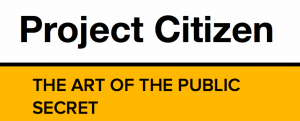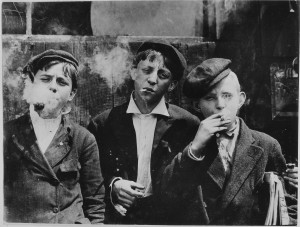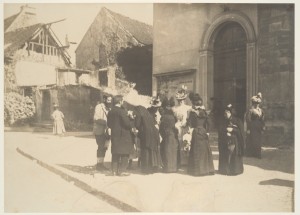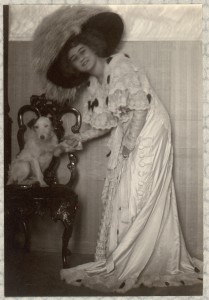What is collaboration, anyway? ask Adam Hyde, Mike Linksvayer, Kanarinka, Michael Mandiberg, Marta Peirano, Sissu Tarka, Astra Taylor, Alan Toner and Mushon Zer-Aviv. In this reading, they examine this question and, in turn, ask more. It’s evident from the beginning that collaboration can take on many forms and shades of itself; ineffective collaboration might be the most true to the definition of the word (two feuding script-writers working together on a screenplay that never gets past a few pages, for example) or a hazy interpretation might yield strong and engaging results (the example Hyde & co use is of aggregation – essentially, co-ordination of unrelated parties rather than true creative collaboration).
The writers identified several criteria for assessing the strength of a collaborative project: intention, goals, self-governance, co-ordination mechanisms, knowledge transfer, identity, scale, network topology, accessibility and equality. With these criteria in mind, I looked at Project Citizen as a case study. From their website:
Nearly two decades after futurist author David Brin declared privacy dead, we’ve never been more obsessed with secrets and confessions. … it’s again up to collaborative art to tell the most compelling stories about truth, secrets, lies, and privacy.

Intention: the collaborators for Project Citizen are all actively involved in their projects and are often professional artists. The intention is to create something rather than recycle ideas through a hashtag.
Goals: the goals of the project (social work, social entrepreneurship and social creativity) are clearly defined but are able to be widely interpreted.
Self-governance: I struggled to find any information on how to submit my own project or idea for a project to the Project. Their website (hosted by tumblr) has an ask feature, but any structures or rules are not clearly accessible. There are a few programs you can participate in but no information on how to initiate your own.
Co-ordination mechanisms: human beings need to actively participate, regulate and add to the Citizen Project to keep it alive, although it might be possible to submit and be automatically uploaded to the system (again, there’s no information on the website).
Knowledge transfer: as the sharing of secrets and letters is a large part of the Project, a literal transfer of knowledge is central to its mission. The unity – everybody on earth has a secret – means that anyone could contribute, and gain knowledge, from the Citizen Project.
Identity: since the group identity plays on the universal theme of secrets and confessions, the group identity is created and made stronger by personal and cultural differences.
Scale: although the Project is on a worldwide scale, the size of most of its collaborate offshoots (for example, a service where you exchange one-sentence secrets with a stranger) is small enough to facilitate a potentially huge number of people. Basic contributions contribute en masse to create a wide-sweeping shared goal.
Network topology: this project couldn’t work without the internet. The goal is to unite people from all over the world in a variety of situations that would normally never meet or have much in common.
Accessibility: for the most part it seems that anyone can participate in a project, but initiating one is more complicated and rare. Obviously, participation is limited by access to a computer and literacy although some programs set up pop-up booths in public places.
Equality: aside from the project manager / contributor hierarchy, there’s very little to to distinguish the size, scope and value of the contributions.






